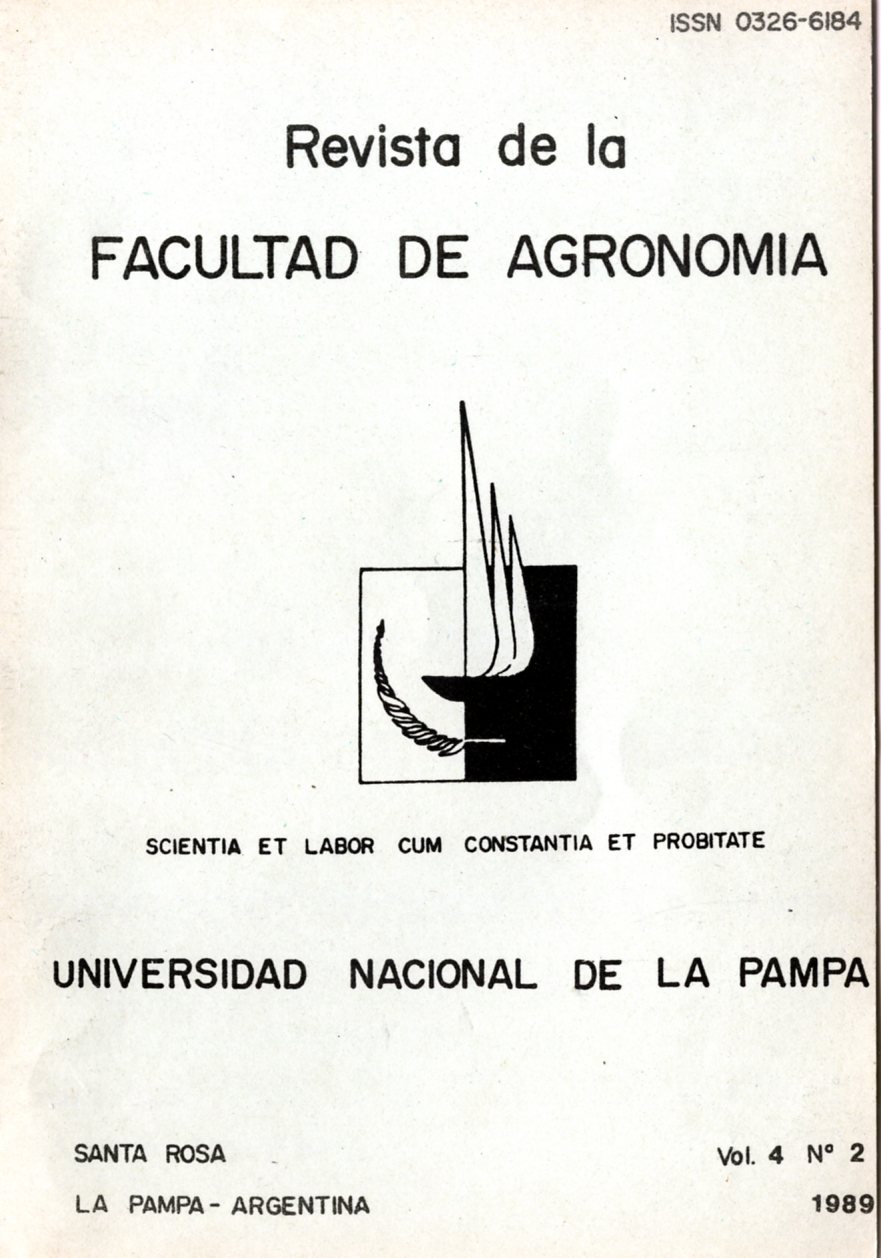Growth rate of capon and female pigs without service housed by sex difference under a differential feeding regime
Keywords:
pigsAbstract
It has been compared weight gain, daily weight gain and feed gain of barrows and gilts under a differential diet, separated by sex, during fattening period, taking in to consideration the way they were housed during rearing. Sixty-four triple crossed pigs, Duroc x Jersey x Hampshire x Largewhite, in four treatments, with four repetitions for treatment and with four animals for repetition were used. Gilts that have been housed with other gilts since weaning, and which were supplied with a 14% B.P. diet during fattening, had a higher weight gain (51,37 kg vs. 40,94, 41,65 kg) daily weight gain (0,917 vs. 0,731 and 0, 744 kg); and feed/gain (3,52:1 vs, 4,57:1 and 4,40:1) highly significative with regard to gilts that were housed with males during rearing and afterwards only with gilts with a 13% and 14% protein level on the diet, respectively. Significate differences were also experimented with the sample lot (males housed with gilts during rearing, alone during fattening with a 13% B.P. diet. The sample lot showed favorable significative differences with regard to gilt groups which were housed with males during rearing, suppling afterwards a 13% and 14% B.P. diet, respectively, on fattening period. It ls is recommended to separate boars since weaning from the barrow lots and to supply a differential diet in the finishing period.
Downloads
Downloads
Published
Issue
Section
License
La Editorial de la Universidad Nacional de La Pampa (EdUNLPam) exigirá a los/as autores/as la firma del siguiente documento:
La EdUNLPam lleva a cabo la publicación del artículo: (Título del Artículo) en SEMIÁRIDA Rev.Fac.Agron UNLPam ISSN 2362-4337 (impresa) ISSN 2408-4077 (en línea), del cual el/los abajo firmantes son autores de una o más partes. En el mismo acto, el/los autores entregan exclusivamente a la EdUNLPam todos sus derechos protegidos por las leyes de propiedad intelectual que rigen en la Argentina para reproducir, publicar, editar, fijar, comunicar y transmitir públicamente en cualquier formato o medio impreso o electrónico, inclusive internet, el artículo enviado a publicación e incluirlo en índices o bases de datos nacionales e internacionales. A cambio, la EdUNLPam entrega a los autores la autorización para la publicación o reimpresión con ines académicos y educativos en cualquier libro o medio de divulgación, con la sola obligación de citar el artículo original publicado en la EdUNLPam. Cada autor acuerda en que el material provisto a la EdUNLPam es un trabajo original, que no ha sido impreso o publicado en cualquier otro medio con anterioridad y que no vulnera derechos de terceros. El Primer autor tendrá la posibilidad de leer y corregir el artículo ya editado como “prueba de galera”, pero si el autor no devolviera esas correcciones de la prueba de galera dentro del tiempo especificado, el proceso de producción y publicación podrá proseguir sin la aprobación del autor. El/los autor/es no recibirán compensación monetaria de la EdUNLPam por el uso del material contenido en este artículo y asumen la responsabilidad de las opiniones vertidas en él.






.png)



22.png)



.jpg)




.jpg)
